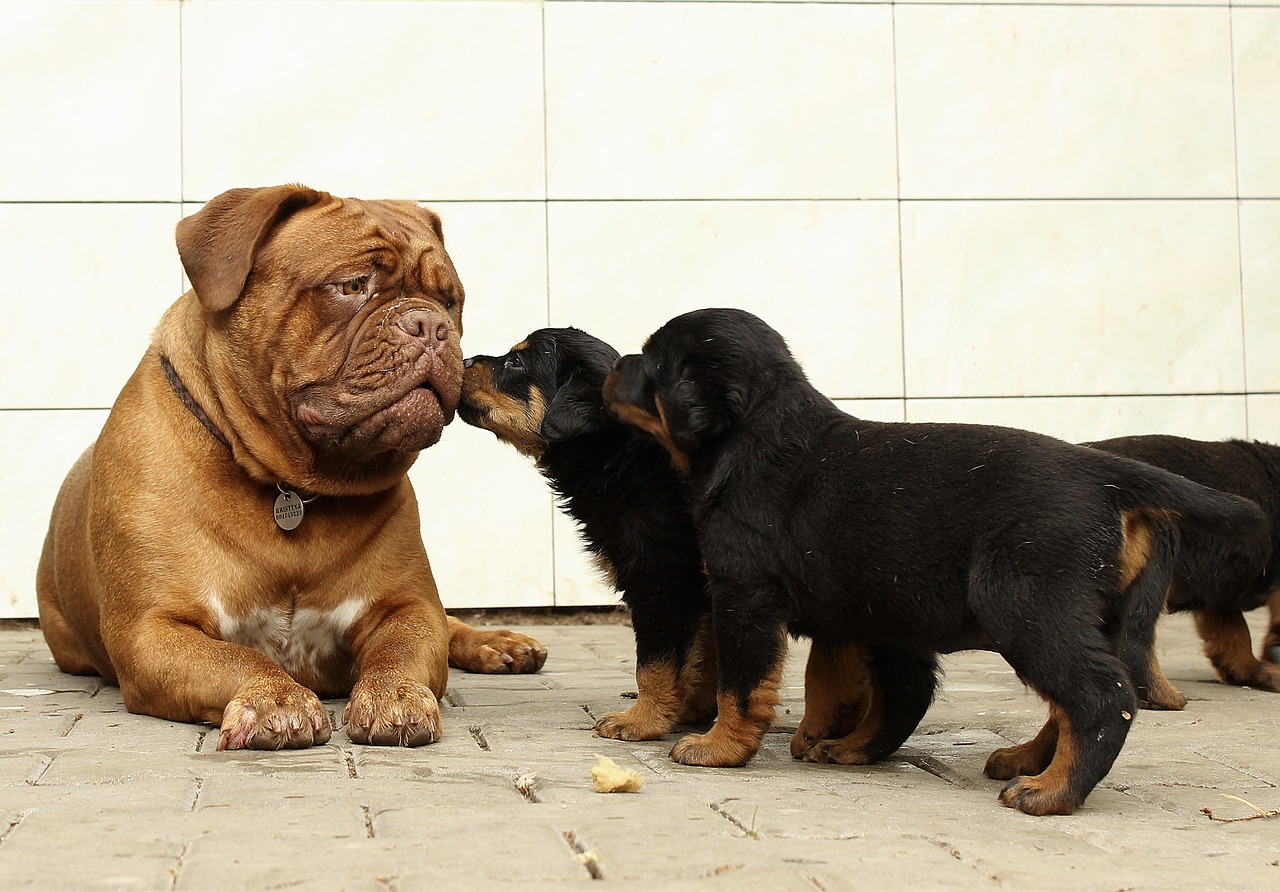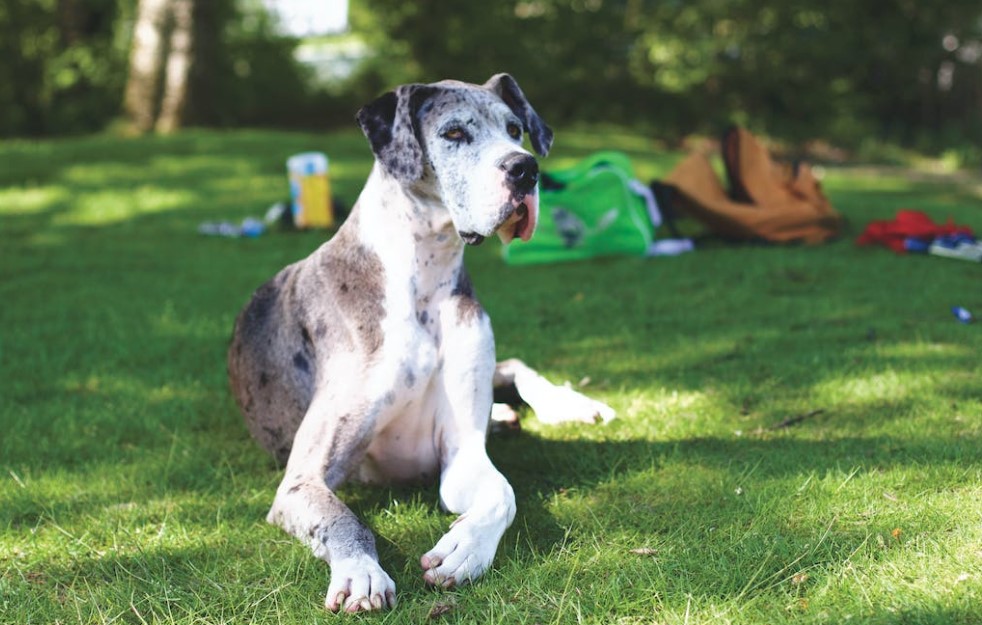Many families choose to share their homes with a dog. In some cases, many dogs. Some dogs work, others provide valuable companionship, many are considered one of the family. Dogs are warm, friendly animals with healthy appetites and very affectionate natures.
This article looks at five amazing facts about dogs and celebrates these wonderful animals.
The Oldest Breed of Dog in the World
Salukis are believed to be the oldest breed of dog still to survive to this day. According to National Geographic Magazine, salukis are ancient hunting dogs, used to hunt hares and gazelles. Archaeological evidence suggests that they were around way back in the 6th millenium B.C. In the Middle East, they are used as hunting dogs for sport.
Free Running Huskies
Husky dogs are famous for their tremendous strength and endurance, particularly in extreme weather conditions. The Siberian Husky Club of Great Britain report that, if set loose, huskies will run and run until they are completely lost. They just love running! Huskies are also very independent dogs, they may or may not return when you call them. The Siberian Husky Club warns that, in temperament, husky dogs are more like cats that other dogs.
World’s Tallest Dog is Called George
A Great Dane from Arizona is, according to the Guiness Book of Records, the world’s tallest dog. Standing at more than two metres tall, this is one huge dog! He weighs 111 kilos (17.5 stone) and is 2.2 metres tall (7ft 3in). The world record for largest or heaviest dog, is not kept, in order to discourage owners from over-feeding their pets.
The Smallest Police Dog in the World
The Independent newspaper reports how a chihuahua called Momo has become the smallest police dog in the world. At just 10in tall, Momo is a tiny police dog. She is seven years old, weighs 6lbs and lives in Japan. She is a search and rescue dog and her small build may mean she is able to squeeze into places larger dogs would struggle to go.
Most Popular Names for Dogs
Most people seem to choose conventional or traditional names for their dogs. BBC News reports that from 2015 to 2016, the most popular names for dogs in Scotland were Max and Holly. Other popular names included Ben, Sam, Lucy and Jake.




